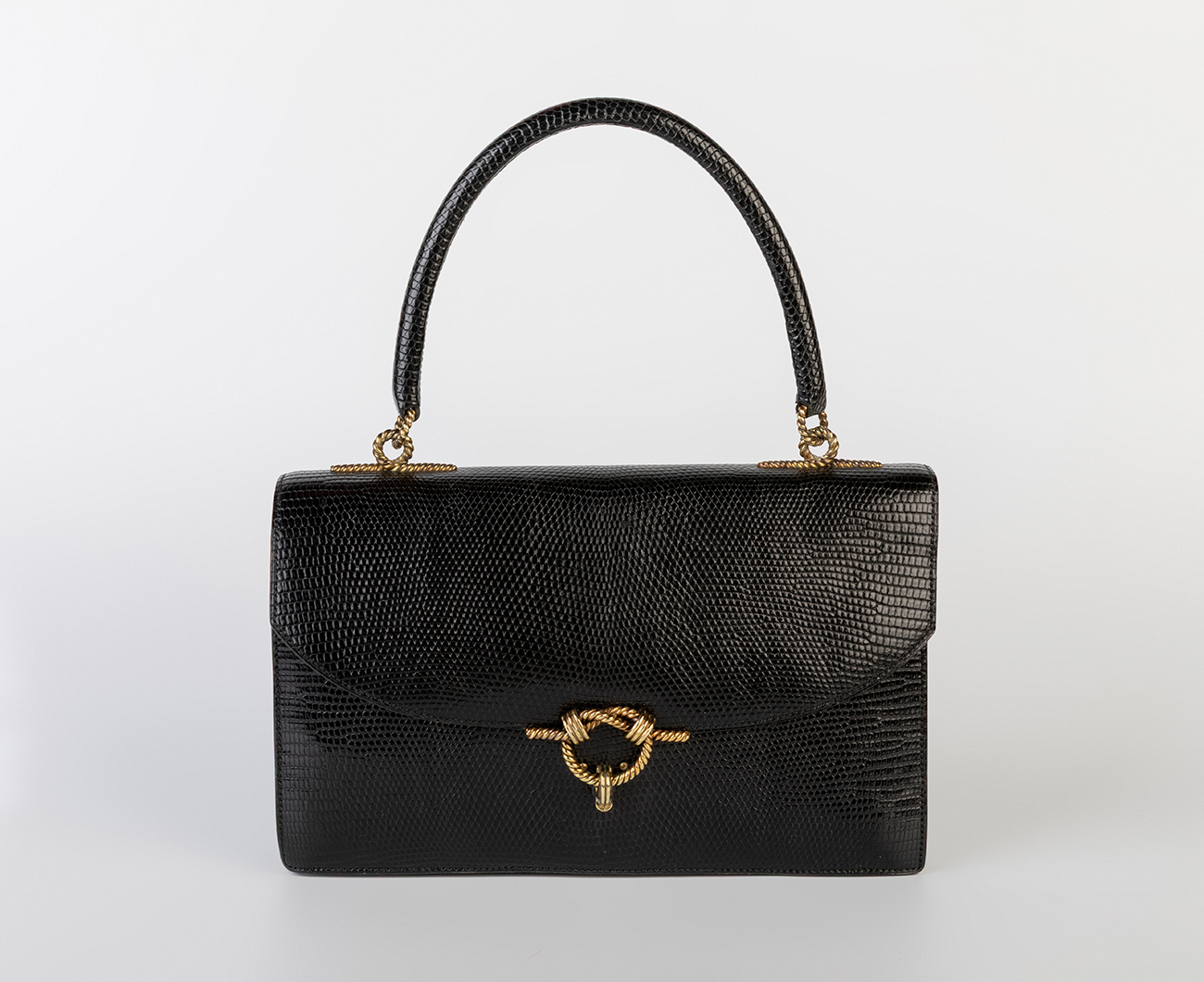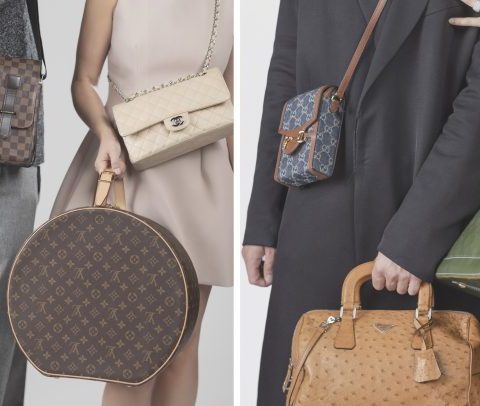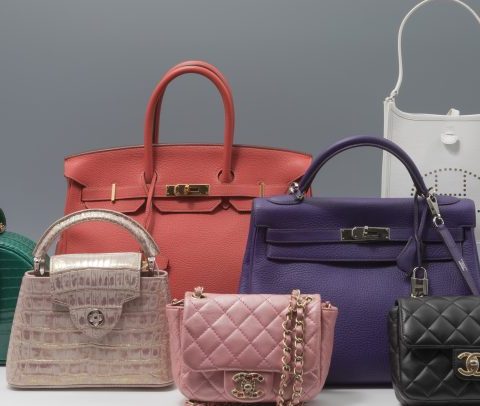Beyond their aesthetic appeal, vintage Hermès bags from the 1950s are authentic historical testimonies to a pivotal moment in the evolution of European luxury design. In an era in which collecting intersects with investment, these bags represent not only an exceptional visual refinement, but also a cultural and economic asset of the first order.
A firm that exudes craft, sobriety and permanence.
Founded in 1837 as a saddlery workshop, Hermès consolidated its prestige through a discourse centered on craftsmanship excellence, formal discretion and durability. In the 1950s, the firm reached one of its high points: a production still marked by the equestrian tradition, but reinterpreted from the codes of post-war modernity.
In contrast to other maisons that opted for decorative opulence, Hermès opted for a restrained, almost architectural design that transformed the feminine handbag into a functional sculpture. This approach translates into pure lines, balanced volumes, subtle hardware and noble materials treated with meticulous coherence.
An unrepeatable selection: rarity, coherence and noble origin
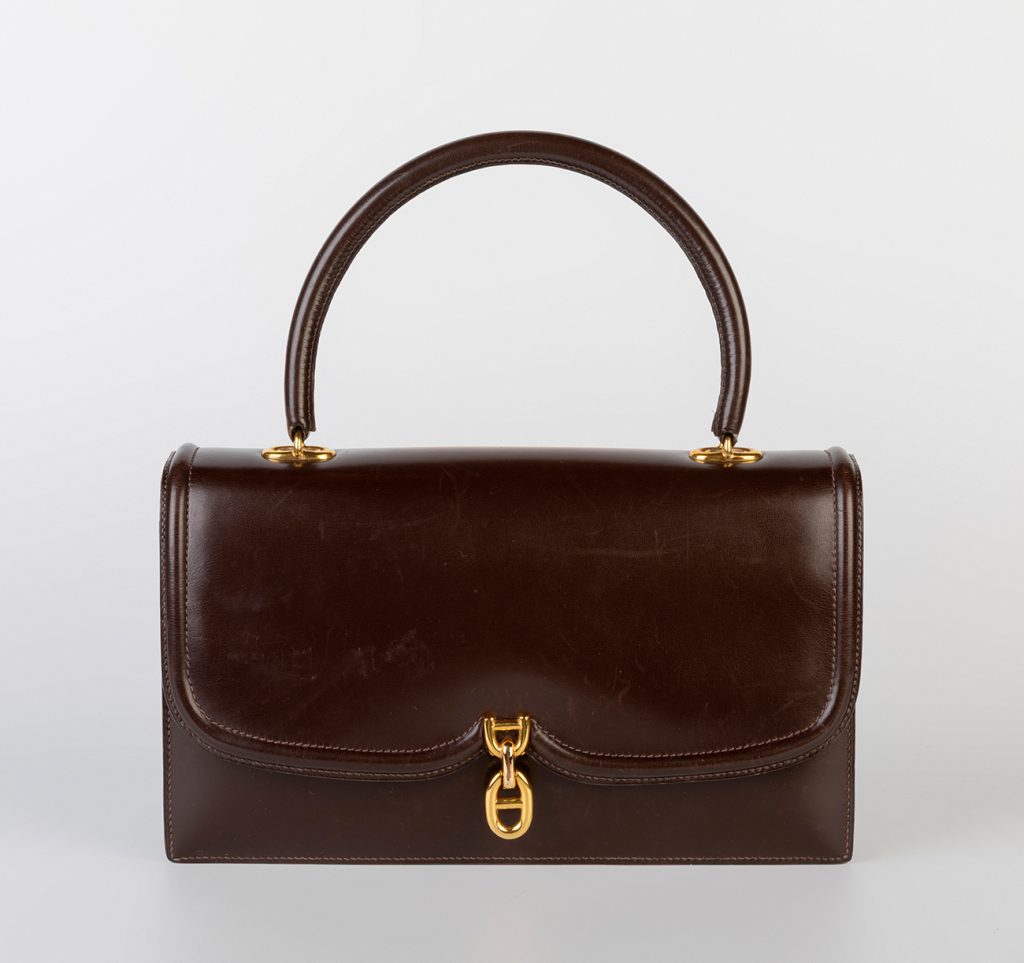

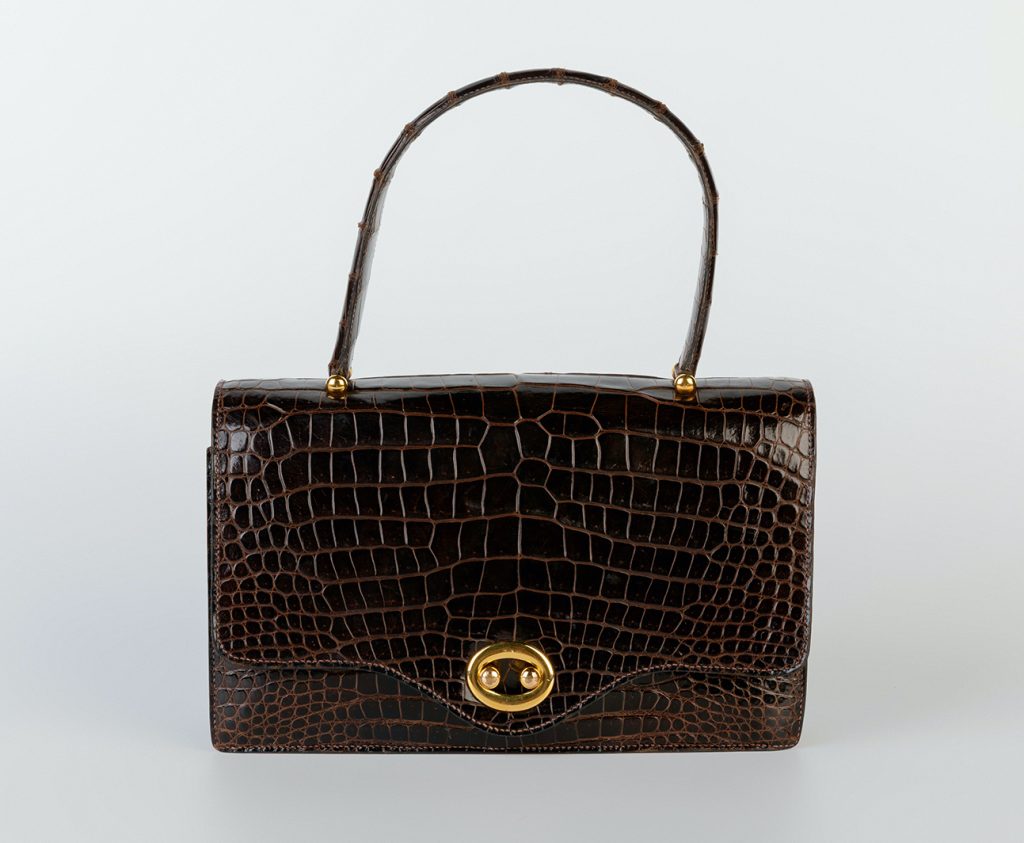
The lots shown in the images have been part of the monthly Handbags & Accessories auctions at Setdart. This set stands out for its formal coherence and its exceptional appeal to discerning collectors. The private provenance, the impeccable state of conservation and, in some cases, the presence of original accessories, provide a documentary value and a traceability unusual in the secondary market.
These pieces show the typological repertoire of Hermès in the decade: rigid bags with trapezoidal structure, iconic metal clasps (the “H”, buckles shaped like a stirrup or padlock), box calf, crocodile, lizard or canvas leather combined with black leather, all worked with a precision that denotes the work of a single craftsman per piece, as dictated by the savoir-faire of the firm.
Hermès: the most valued brand in the handbag market

When addressing the real value of these pieces, it is crucial to consider not only their design and age, but also the unique position of Hermès in the international luxury market.. Today, no other leather goods manufacturer achieves the levels of revaluation, exclusivity and cultural prestige that Hermès has built over more than a century.
Several market studies – such as those conducted by Art Market Research or platforms such as Baghunter and The RealReal – show that Hermès models, especially vintage and limited edition models, outperform traditional assets such as gold or contemporary art. Their value in auctions has experienced sustained increases, the most paradigmatic case being that of the Birkin or Kelly bags, whose resale price can reach three or four times the original price.
This revaluation is not a speculative phenomenon: it is the result of a production strategy that limits supply, preserves uncompromising craftsmanship and avoids commercial erosion of the brand. Added to this is the fact that Hermès has been able to build a cultural symbol that transcends fashions and economic cycles, making its pieces true vehicles of heritage.
The handbag as a time capsule and language form
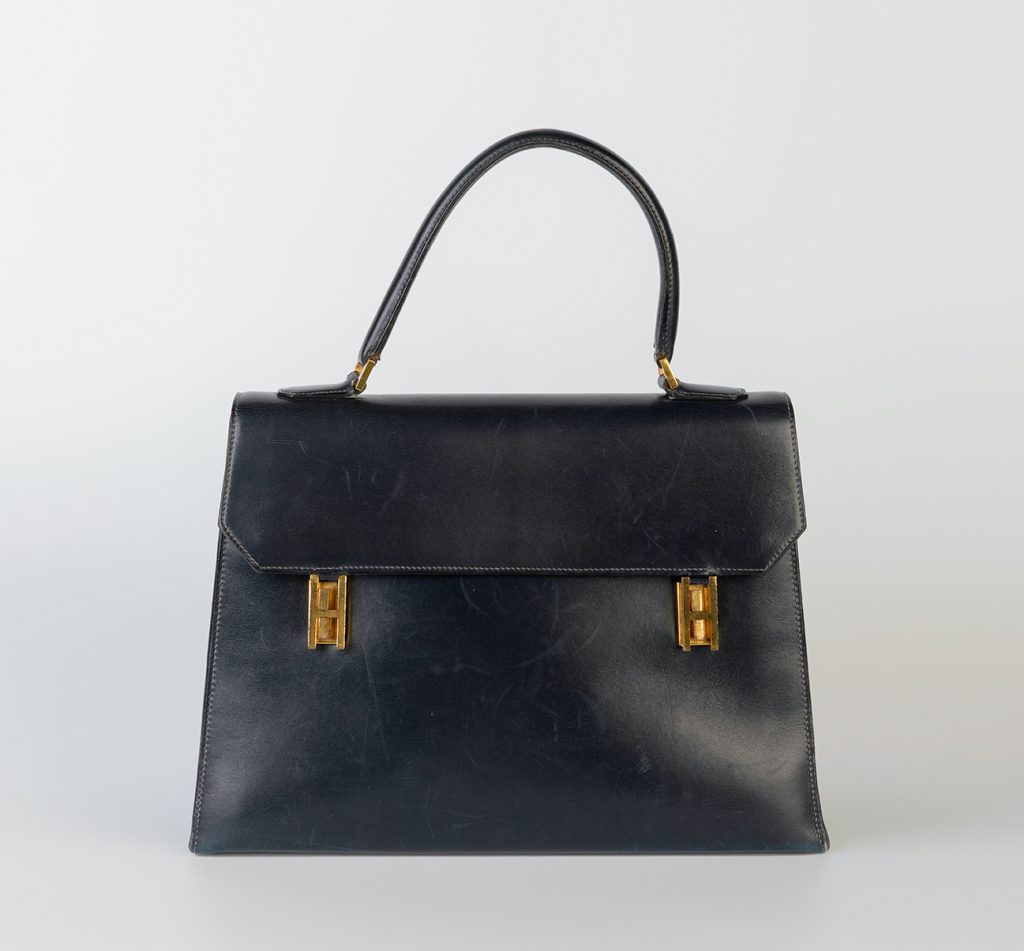
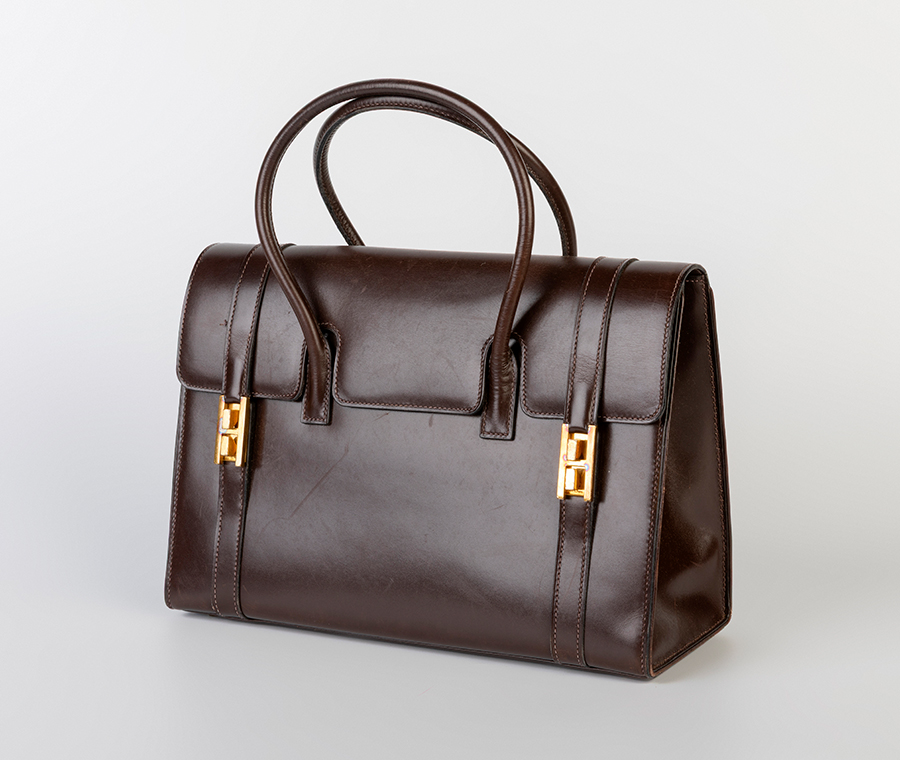
Hermès bags of this period can be understood as mobile micro-architectures. The way in which their volumes are articulated, the logic of closures and assemblies, the relationship between texture and function, tell us of an object that brings together the sculptural and the utilitarian in perfect symbiosis. They are pieces that do not age: they mature.
In this sense, these bags represented not only a stylistic transition (from ornament to pure form), but also a redefinition of status: discreet, silent, yet deeply codified. To acquire a 1950s Hermès is to assume possession of an object that does not need to shout to be heard.
Turning your Hermès handbag into heritage
At Setdart, we don’t just auction design icons: we take care of them, we understand them and we put them in the place they deserve. If you own a vintage Hermès bag – especially pieces from the 1950s, limited edition or highly traceable – we invite you to make it the star of our next specialized auction.
Our experience, network of collectors and market positioning allow us to assess each piece with rigor and offer you a discreet, careful and cost-effective way to dispose of it. Because when it comes to Hermès, we are not talking about mere accessories, but about heritage.
Ask for a free and confidential appraisal and our team of experts will contact you for advice.

